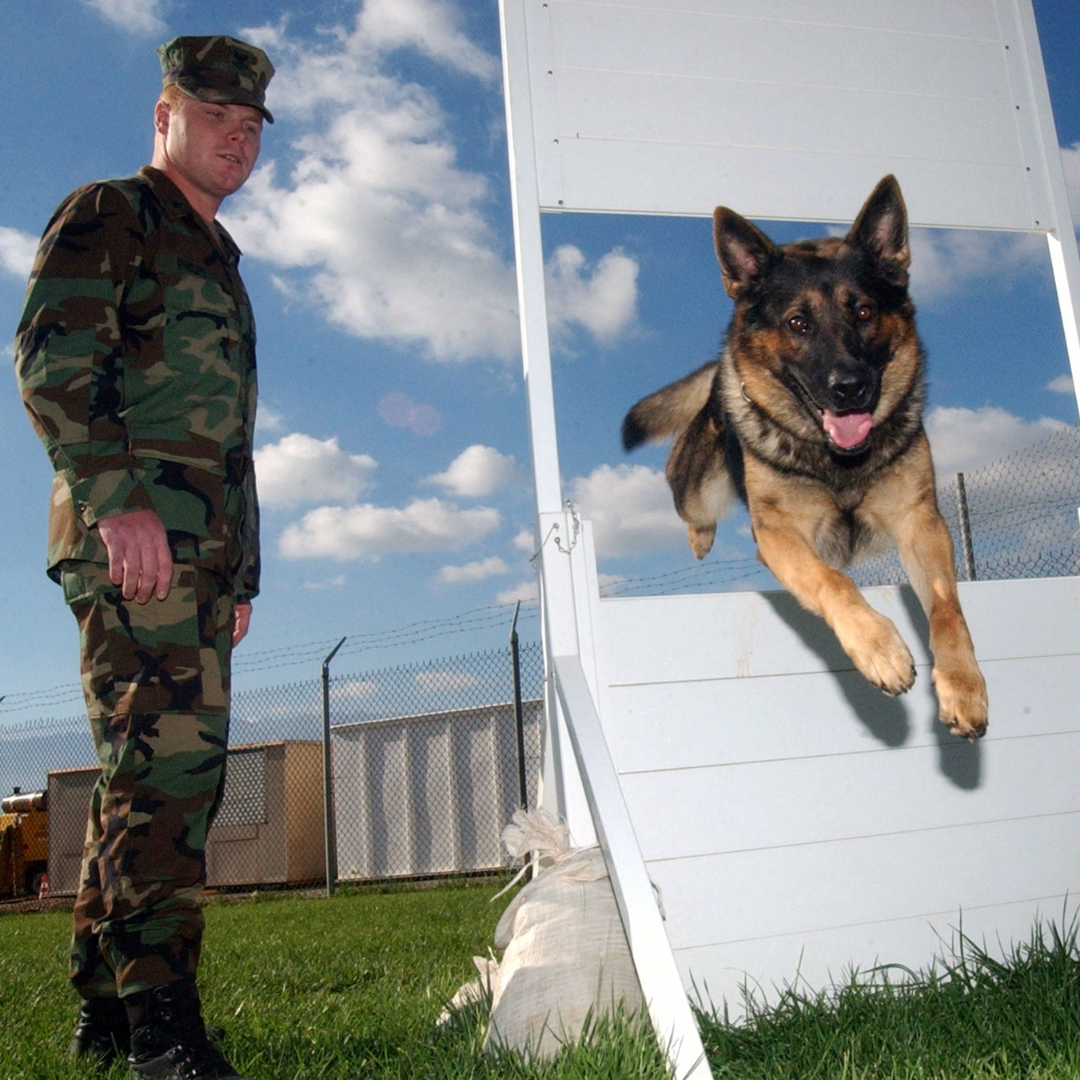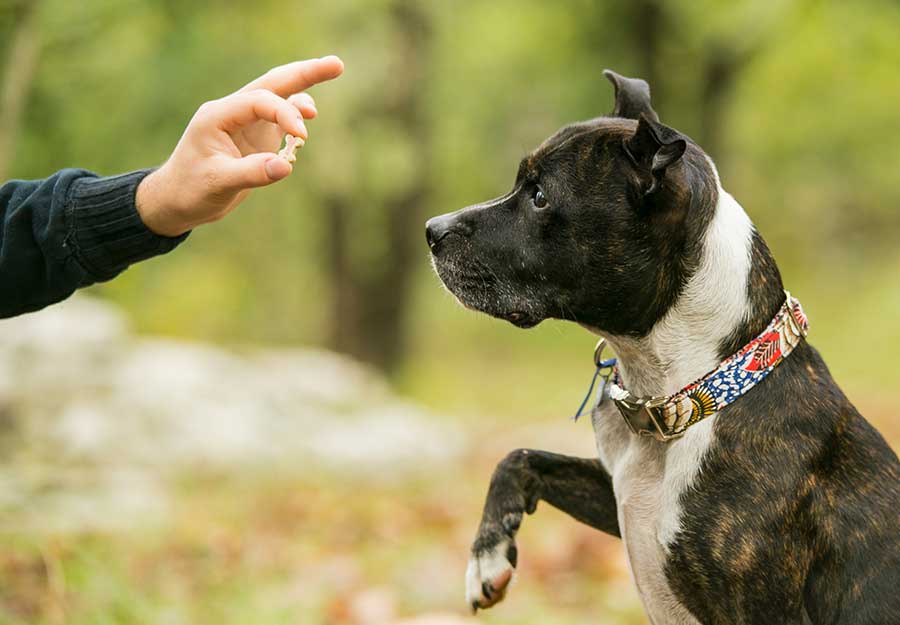Why Dog Training Near Me is Important for Your Canine Friend
Why Dog Training Near Me is Important for Your Canine Friend
Blog Article
Unlock Your Dog's Possible: Proven Pet Training Strategies for Success
Efficient dog training is a nuanced procedure that hinges on comprehending canine behavior and utilizing medically backed methods. By integrating favorable support, developing clear commands, and prioritizing socializing, pet owners can cultivate a productive relationship with their pet dogs.
Understanding Pet Habits
Comprehending canine actions is important for efficient training and fostering a favorable relationship between pets and their owners. A detailed understanding of canine body language, vocalizations, and social communications is essential for acknowledging their demands and emotions. Pets communicate mostly via non-verbal cues; for instance, a wagging tail might indicate excitement, while pinned ears can indicate anxiety or submission.

Furthermore, environmental variables play a significant role in shaping a dog's behavior. Changes in routine, new surroundings, or the presence of unknown people can bring about tension or stress and anxiety in canines. Identifying these triggers makes it possible for proprietors to alleviate negative reactions and establish suitable training techniques.
Ultimately, a deep understanding of dog actions lays the structure for effective training techniques, enhancing both actions and the general bond between the pet and its proprietor. dog training charlotte. This understanding is important for fostering a well-adjusted, satisfied canine friend
Favorable Reinforcement Strategies
Effective training counts heavily on favorable reinforcement techniques, which have actually been shown to generate considerable outcomes in shaping wanted actions in canines. This strategy includes awarding a pet for exhibiting certain behaviors, thereby boosting the likelihood that these behaviors will be repeated. Incentives can take various types, consisting of treats, praise, playthings, or play, depending on what inspires the individual pet dog.

It is vital to gradually terminate benefits as the dog finds out the behavior, transitioning to recurring reinforcement. This strategy preserves the behavior with time while avoiding dependency on continuous rewards. By concentrating on favorable reinforcement, instructors can cultivate a relying on connection with their pets, promoting a healthy and balanced and cooperative training atmosphere that boosts overall obedience and efficiency.
Developing Constant Commands
A basic aspect of effective pet training is the establishment of regular commands. Consistency in commands is vital for effective communication in between the trainer and the pet dog. When commands are consistent, pets discover to link specific words with preferred actions, which accelerates the training process and Get More Information improves understanding.
To develop regular commands, it is important that all member of the family use the same terms and motions. If one individual makes use of "sit" while one more says "sit down," it can develop complication for the pet dog. Select clear, distinct words for commands and make sure everyone entailed in the canine's training complies with these options.
In addition, rep is vital. Enhance commands through frequent practice, ensuring that the dog receives sufficient opportunities to respond correctly. When a dog successfully follows a command, immediate favorable reinforcement should adhere to. This can be in the kind of deals with, appreciation, or playtime, strengthening the link in between the command and the activity.
Last but not least, hold your horses. Developing consistent commands takes time and initiative. With devotion and clearness, you will aid your pet dog establish a strong understanding of assumptions, eventually resulting in a mannerly buddy.
Socialization and Direct Exposure
Interacting socially a canine is important for cultivating a well-adjusted and positive friend. This process entails subjecting your dog to a range of environments, individuals, and other pets to develop their social abilities and adaptability. Early socializing, ideally in between the ages of three to fourteen weeks, is critical, as it prepares for a dog's future habits.
Throughout socializing, aim to supply positive experiences in various settings, such like it as parks, hectic roads, and homes with other family pets. Introduce your pet to various stimulations, including noises, views, and smells, making certain that each encounter is fulfilling. This exposure assists mitigate worry and anxiousness, paving the method for a more durable dog.
Involving in regulated team play sessions with other canines can likewise improve social abilities, teaching your pet appropriate interactions and boundaries. Prioritizing socialization will substantially contribute to your pet's general happiness and actions throughout their life.
Conquering Common Training Challenges

Canines may have a hard time to concentrate in unfamiliar or busy settings. Slowly desensitize your canine to diversions by beginning training in a silent setting and gradually presenting even more stimuli as they become competent.
Furthermore, behavioral problems like jumping or extreme barking can end up being discouraging. Address these by showing different actions, such as resting comfortably when welcoming visitors. Uniformity and persistence are important; strengthen preferred habits regularly and avoid scolding, which can result in confusion.
Lastly, acknowledge that each canine is unique, and training timelines might differ. Dressmaker your technique to your pet dog's private needs, and seek specialist advice if needed. With determination and the best techniques, conquering these challenges can bring about a trained, pleased canine companion.
Conclusion
In verdict, unlocking a dog's possible demands a detailed method that incorporates an understanding of canine actions, the application of favorable reinforcement techniques, and the facility of constant commands. Early socialization and direct exposure to varied atmospheres further improve a canine's adaptability and self-confidence. By addressing usual training challenges with customized techniques and perseverance, a harmonious and participating connection between pet dog and handler can be promoted, ultimately causing a well-behaved companion efficient in flourishing in various circumstances.
Effective pet dog training is a nuanced process that pivots on understanding canine habits and using clinically backed approaches.Understanding pet dog behavior is necessary for effective training and promoting a you can try this out favorable relationship in between dogs and their owners.Reliable training relies heavily on favorable support techniques, which have actually been revealed to yield considerable outcomes in forming desired actions in dogs. When commands are uniform, pet dogs find out to associate particular words with wanted behaviors, which accelerates the training process and boosts understanding.
In conclusion, unlocking a pet dog's possible demands a comprehensive strategy that includes an understanding of canine behavior, the application of positive reinforcement techniques, and the establishment of constant commands.
Report this page